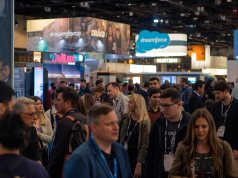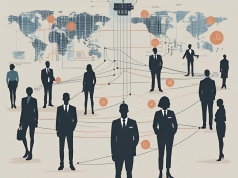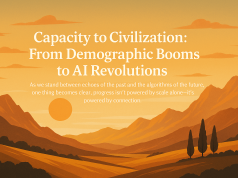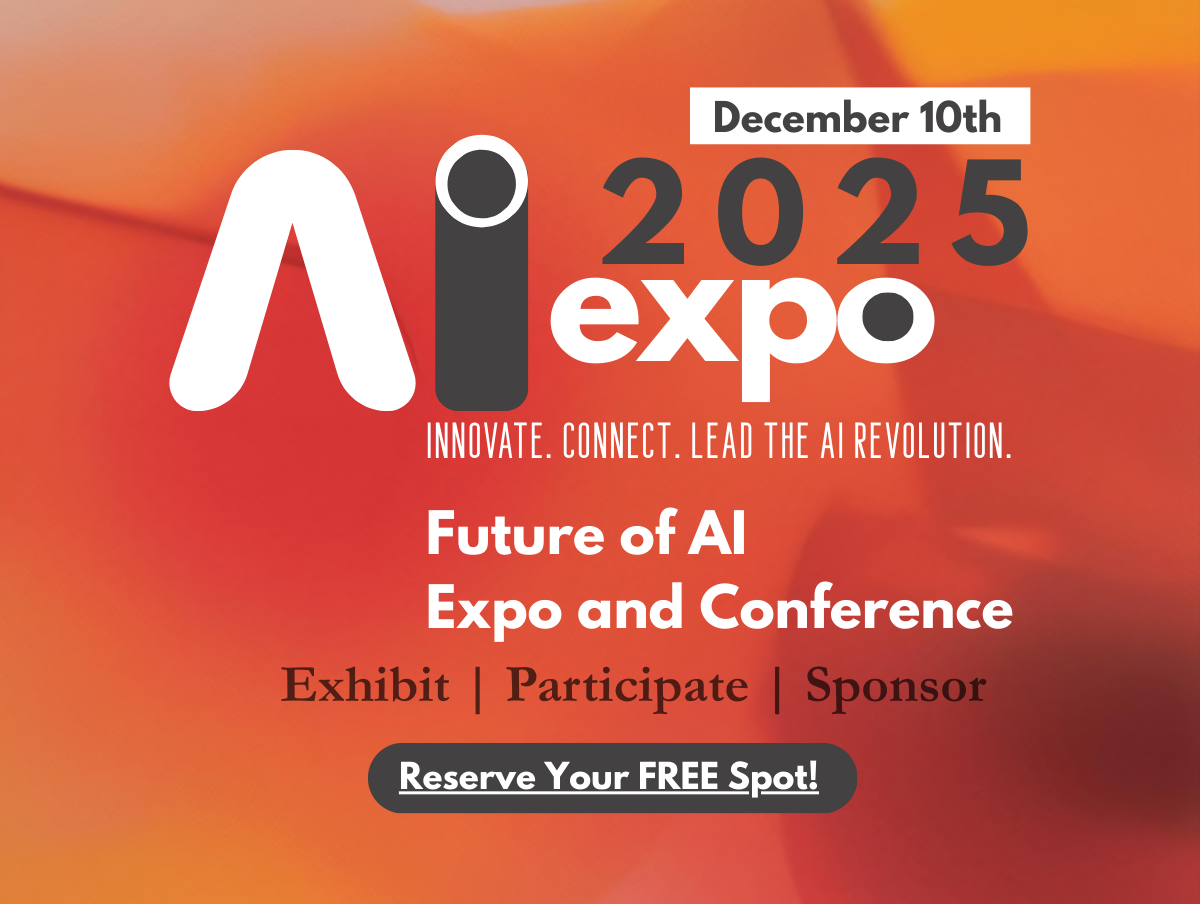In the wake of the Fourth Industrial Revolution, a new era is upon us: an era where artificial intelligence (AI) and automation are not just tools but foundational elements reshaping our work ecosystem. As AI continues to advance, there is an ever-increasing dialogue on how these technologies will impact the labor market, job security, and the inherent value of human input in professional spaces.
The integration of AI and automation into various industries is not a future eventuality but a current reality. Manufacturing, healthcare, finance, and customer service are just a few sectors experiencing this technological shift. In manufacturing, robotic arms and sensors improve precision and speed, while in healthcare, AI assists with diagnostics and personalized treatment plans. In finance, algorithms conduct market analyses and predict trends, and chatbots in customer service provide round-the-clock customer interaction.
However, these advancements come with their share of disruptions. The primary concern remains the displacement of jobs. As machines become more adept at executing routine tasks, there’s a looming fear of widespread job losses. Yet, alongside these concerns, there are also opportunities. Automation can offload mundane tasks from humans, freeing them to focus on more complex, creative, and emotionally nuanced work. This shift can lead to job enhancement and the creation of new roles that play to human strengths such as strategic thinking, empathy, and adaptability.
Job quality, too, undergoes a transformation as AI and automation enter the stage. The demand for high-skilled workers may likely increase, leading to a greater emphasis on continuous learning and skill development. On the flip side, there could be a polarization effect, with middle-skill jobs being the most vulnerable to automation. This calls for a targeted approach in education and training, aimed at bridging the skills gap.
Efficiency gains from automation are undeniable, yet they raise questions regarding the distribution of the economic benefits. There’s a significant conversation to be had about ensuring these gains are equitably shared, possibly through progressive policies, corporate responsibility, and inclusive growth strategies.
As we contemplate the future of work in this machine-driven world, companies need to strike a balance. They must recognize that while technology can handle a range of tasks, the human element remains irreplaceable in areas that require judgment, creativity, and emotional interaction. Investing in human capital, fostering an environment of lifelong learning, and redesigning work to complement AI and automation can lead to a symbiotic relationship between human and machine.
For workers, the key to thriving in this new landscape is adaptability. Engaging in lifelong learning, upskilling, and reskilling will become not just beneficial but necessary. Employers, for their part, must facilitate this transition by providing training and development opportunities.
On the policy front, governments need to anticipate changes and enact legislation that supports workers during the transition. This may include safety nets for displaced workers, incentives for companies that invest in human workers, and ethical guidelines for the deployment of AI.
The Work Times invites readers to engage in this critical examination of AI and automation’s role in the future of work. As we analyze the intersections and forge pathways forward, the objective remains clear: to ensure a future where technology enhances human work, optimizes our potential, and leads to a more prosperous and equitable society for all.
Stay connected with The Work Times for more insightful discussions and analyses on the evolving world of work, workers, and workplaces, tailored for an audience that values deep, nuanced journalism akin to The Washington Post, The New Yorker, and The New York Times.



























